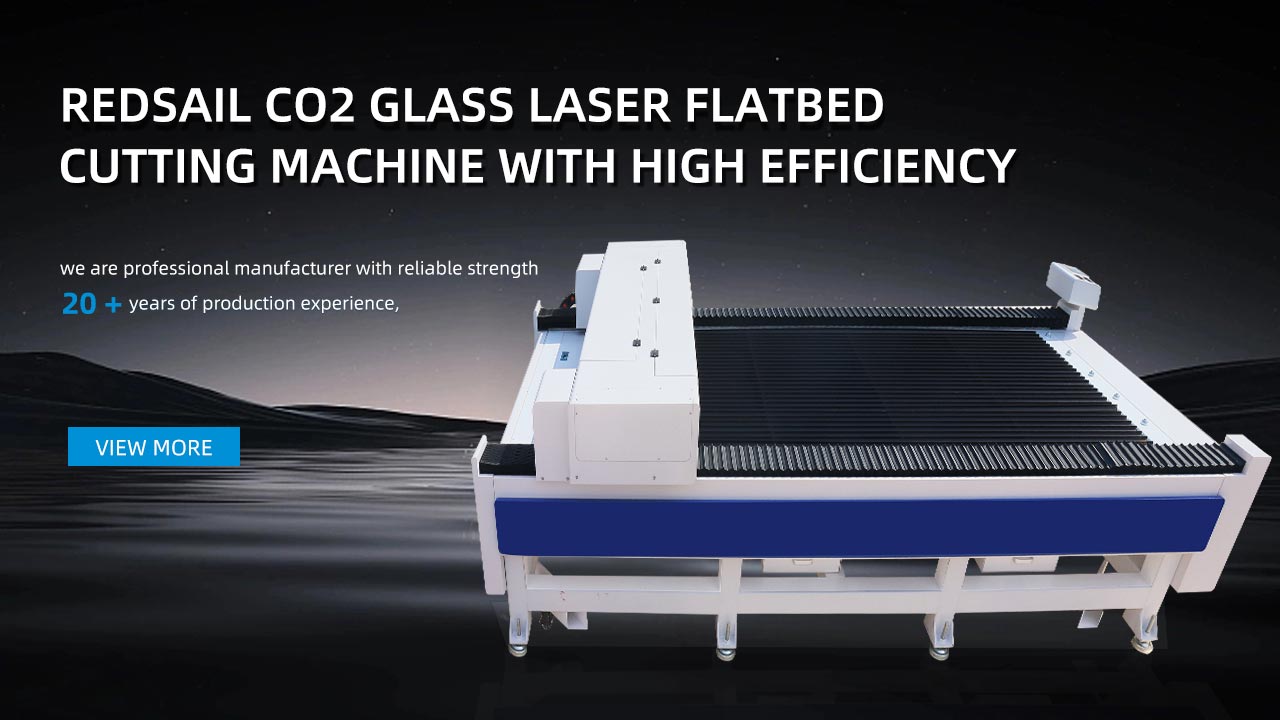Laser cutting is to focus the laser emitted from the laser into a high power density laser beam through the optical path system. The laser beam irradiates the surface of the workpiece to make the workpiece reach the melting point or boiling point, and at the same time, the high-pressure gas coaxial with the beam blows away the molten or vaporized metal. With the movement of the relative position of the beam and the workpiece, the material will eventually form a slit, so as to achieve the purpose of cutting. Laser cutting is one of the thermal cutting methods. Laser cutting mainly has four different cutting methods in order to deal with different situations. The following big picture laser will give you a detailed answer.
Melting cutting
When the power density of the incident laser beam exceeds a certain value, the interior of the material at the point where the beam is irradiated begins to evaporate, forming holes. Once this pinhole is formed, it acts as a black body and absorbs all the energy of the incident beam. The small hole is surrounded by molten metal walls, and then, the auxiliary gas flow coaxial with the beam carries away the molten material around the hole. As the workpiece moves, the small hole moves synchronously along the cutting direction to form a kerf. The laser beam continues to shine along the leading edge of the slit, and molten material is blown away from the slit in a continuous or pulsating manner.
Vaporization cutting
In the process of laser vaporization cutting, the high-energy and high-density laser beam is used to heat the workpiece, so that the temperature rises, and the material is vaporized into steam in a short period of time. When the steam is ejected, it will form on the material. A cut, thus achieving the cutting effect. However, the heat of general material vaporization is high, so the surface temperature of the material rises quickly to the boiling point temperature, which is enough to avoid melting caused by heat conduction. During the vaporization cutting process, the steam takes away the molten particles and scours debris with it, forming holes. During the vaporization process, about 40% of the material disappears as steam, and 60% of the material is driven off by the airflow in the form of droplets. Very high laser powers are required in this case. To prevent material vapor from condensing on the kerf walls, the thickness of the material must not greatly exceed the diameter of the laser beam. This process is therefore only suitable for applications where a discharge of molten material has to be avoided.
Control fracture cutting
For brittle materials that are easily damaged by heat, high-speed and controllable cutting is performed by laser beam heating, which is called controlled fracture cutting. The main content of this cutting process is: the laser beam heats a small area of brittle material, causing a large thermal gradient and severe mechanical deformation in this area, so that the material forms cracks. As long as a uniform heating gradient is maintained, the laser beam can direct cracks in any desired direction. This kind of cutting is generally used for brittle materials such as glass cutting. Be aware that this controlled breaking cut is not suitable for cutting sharp corners and corner kerfs. Cutting extra large closed shapes is also not easy to succeed. Controlled fracture cutting speed is fast and does not require too high power, otherwise it will cause the surface of the workpiece to melt and damage the edge of the kerf. Its main control parameters are laser power and spot size.
Oxidation melting cutting
Fusion cutting generally uses inert gas. If it is replaced by oxygen or other active gas, the material is ignited under the irradiation of the laser beam, and a violent chemical reaction occurs with oxygen to generate another heat source, which further heats the material, which is called oxidation melting cutting. .
There are two heat sources in the oxidation melting cutting process—the laser irradiation energy and the heat energy generated by the chemical reaction between oxygen and metal. In the oxidation melting cutting process with two heat sources, if the burning speed of oxygen is higher than the moving speed of the laser beam, the cutting Seams appear wide and rough. If the laser beam moves faster than the oxygen burns, the resulting slits are narrow and smooth. Compared with vaporization cutting, fusion cutting can save a lot of energy, and it is usually used for some metals that are not easily oxidized, such as stainless steel, titanium, aluminum and their alloys.





